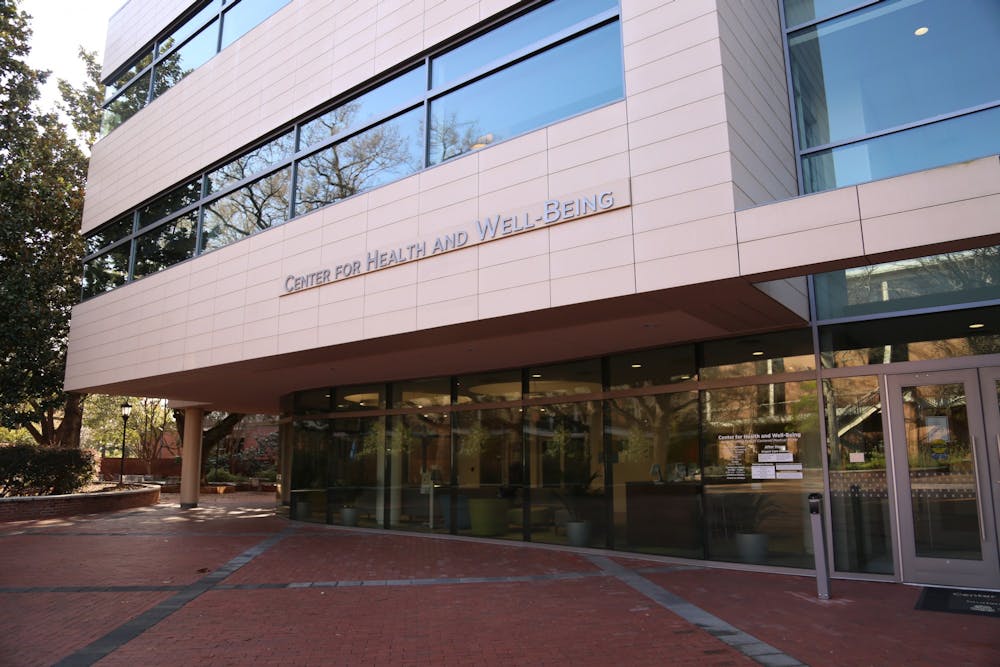As President Bob Caslen wrote in his May 27 address, “The new normal is upon us.”
Beyond announcements by Caslen, every department in the university is being forced to change how it operates according to the university’s "Return-to-Work Plan."
The plan centers around safely repopulating the university’s campus. In four increments of two to three weeks throughout the summer, a percentage of each department’s workforce will be permitted to return to campus.

The intention is that the university’s ability to operate under new circumstances will be tested before the final phase of the plan — students returning to campus in August.
The gradual reinstatement of employees on campus has especially affected departments that rely on student employees. Mitch Nettesheim, director of Campus Recreation, said his student staff has been greatly reduced this summer.
“Our operations typically rely on a huge volume of student staff,” Nettesheim said. “Even during the summer, we use a large volume of student employees to keep our operations running, while right now we have nine student employees total."
Still, Campus Recreation plans to reopen the Strom Thurmond Wellness and Fitness Center in a limited capacity on June 22, with Blatt following later in the summer.
“We will be working through all our practices and offerings, and then, as we get confidence in that, coupled with working out all the other details at Blatt, we’ll start to make appropriate decisions,” Nettesheim said.
Should Strom reopen on June 22, the outdoor pool and climbing wall will not be open, while the indoor pool will be open only for laps. Classes in Strom will initially be held virtually, according to Nettesheim.
Student Health Services (SHS) will also be making changes to its facilities to combat COVID-19. Students making appointments with SHS online or in-person will be screened via questionnaire for symptoms, director Deborah Beck said.
“If somebody is not COVID-related, then we’ll send them directly to the health center,” Beck said. “If it is possibly COVID-like related ... we have one section at the health center, on the inside of the building, that will be designed for people who have respiratory-like illnesses.”
Increasing testing is another goal of SHS, Beck said. In the past week, a USC test center manned by two full employees was able to test 150 people in roughly six hours.
Even with these numbers, though, Beck invited students to be tested elsewhere should it be more convenient.
“If students do get tested outside of the health center, we would like for them to send us the results so that we could have it as part of their chart,” Beck said.
In addition to the university, DHEC and Prisma Health will also be providing COVID-19 tests. SHS has also expanded its telemedicine and telephone mental health counseling programs.
Overarching all these decisions is the Future Planning Group, a collection of university officials, students and external experts designed to protect students from the virus while maintaining university function.
Lee Pearson, an associate dean at the Arnold School of Public Health, heads the group’s Public Health Committee, which he says is “paramount” to decisions the Future Planning Group is making regarding COVID-19.
“The work of the other teams, in many respects, was informed by the work of the public health team in terms of the timeline for considering a return to campus and what specific precautions, or as we would say, mitigation practices, would need to be in place,” Pearson said.
The Future Planning Group contains seven other committees, each focusing on a different aspect of COVID-19’s effects on the university.

